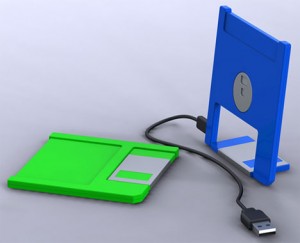
The growth in the use of removable storage devices has been evident in the past years and while they mainly just carry files made up of audio, video or simple documents and worksheets, they are vulnerable to virus attacks. How do they get them? Well for one, you never know if the original location of the file you were working on was virus free. This is assuming that you are transporting the file from one PC to another.
Also, you can never be too sure that once you plug on the usual USB drive from one computer to another, viruses may sneak past you. They may be equipped with anti-virus software but somehow you have to be amazed at how they breach the computer guards and make their way on USB drives.
So what is a person to do? Well for one, stick to the old practice of scanning a removable storage device first before you open any file on it. It may take a long time to finish, especially if the device is large in terms of capacity but nothing beats waiting than making sure you are protected.
Further, people fascinated with these miniature storage devices could care less if their files are infected. Sometimes it is not the file but the operating system that these storage devices contain. But make sure about it that while they have operating systems of their own, they do not have virus protection. Just be cautious, since that is the best you can do for now.